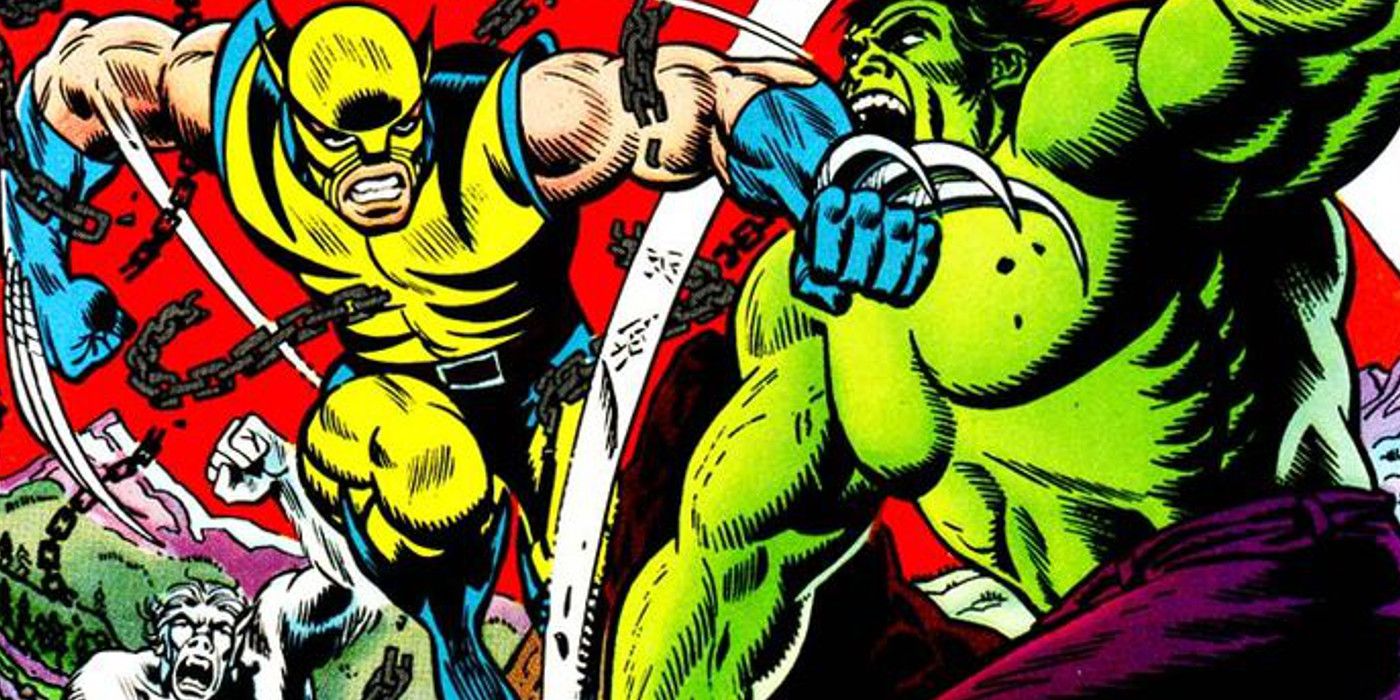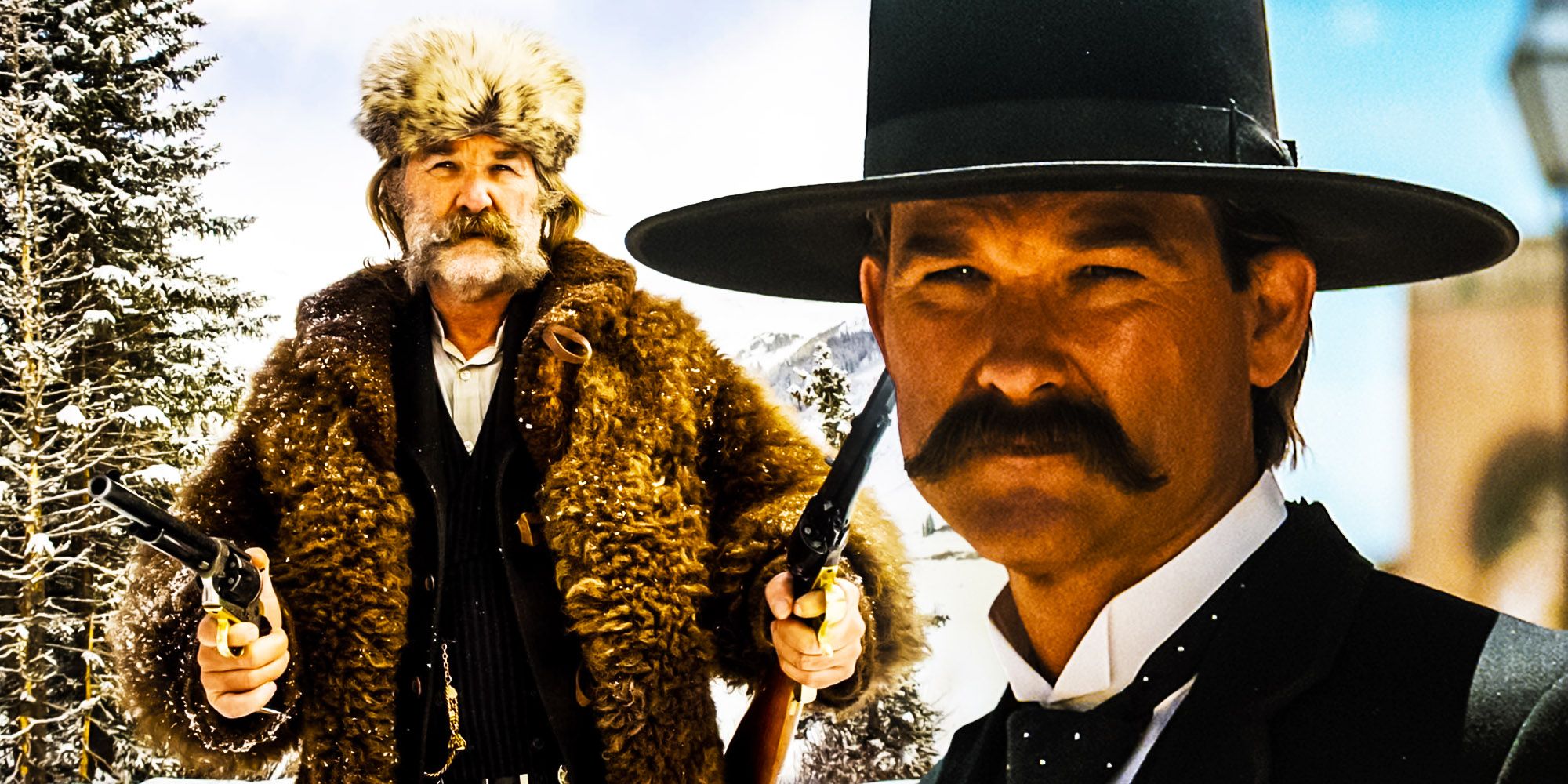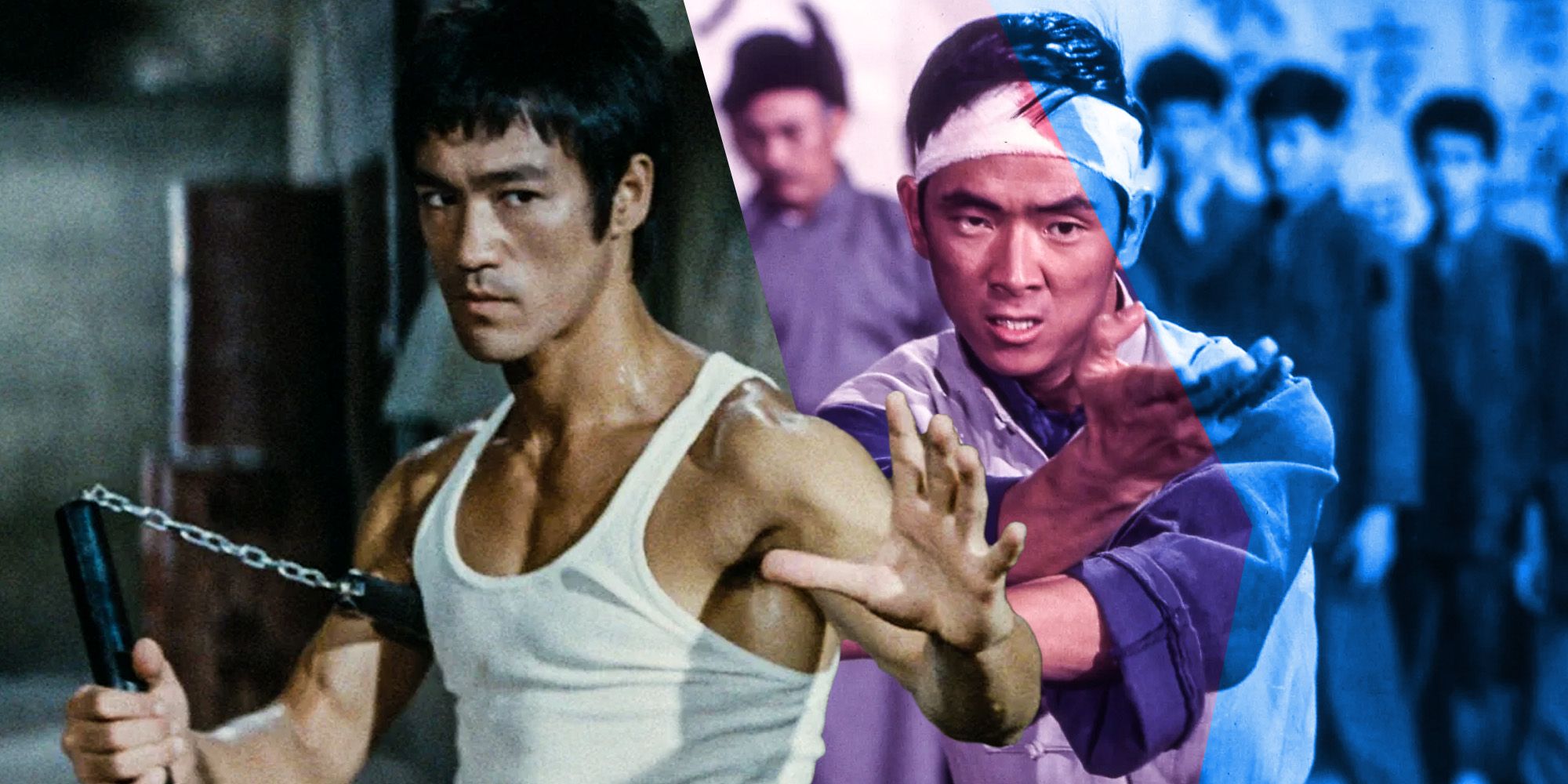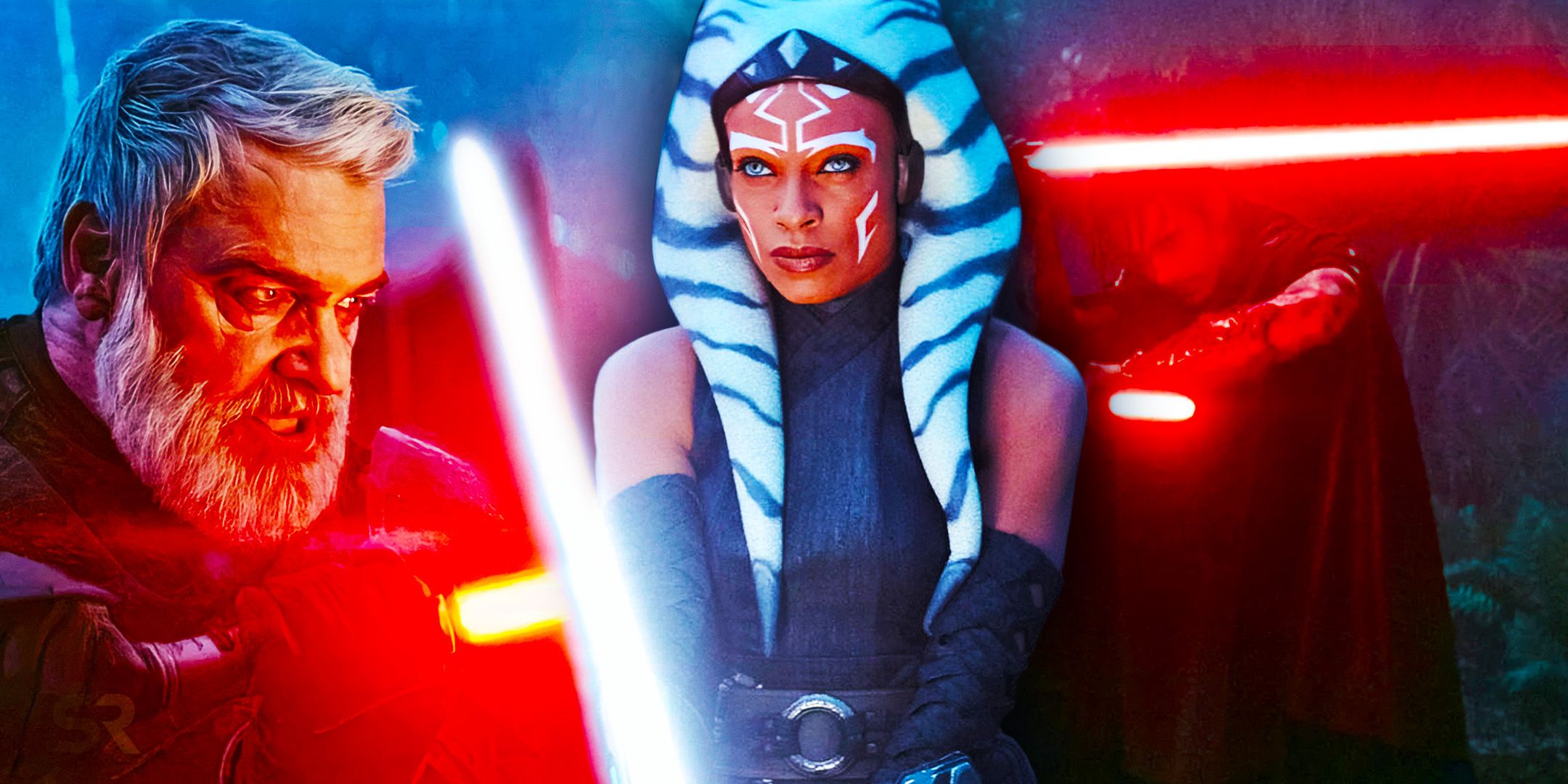It turns out that Wolverine‘s iconic mask was actually an accident. Back in the 1970s, Marvel Comics was attempting to reach new readers internationally. Editor-in-chief Roy Thomas believed the key was to have international superheroes – and he came up with the idea of a character named Wolverine. As Thomas explained in an interview with Inverse, “I didn’t know he was a mutant, he was just a character that I knew was Canadian. I chose the name ‘Wolverine’ because I was obsessed with animals as a kid and I knew wolverines were from Canada. I mean, I couldn’t call him ‘Moose’ because that wouldn’t sound good. I thought about ‘Badger’ but badger also meant ‘to annoy,’ so I didn’t like that.“
Wolverine was designed by celebrated comic book artist John Romita, and he was the one who gave Wolverine his three distinctive claws. He originally envisioned these claws as weapons in Wolverine’s gloves, and it wasn’t until years later that other creators would come up with the idea of having them pop out of his hands. What’s more, this original Wolverine debuted with a strikingly different, cat-like mask – an odd detail that may have crept in because Romita didn’t really know what a wolverine was in the first place when he was creating the costume. Wolverine made his debut in The Incredible Hulk #181, and the outfit he wore there would become pretty much definitive – except for the mask. When Wolverine next appeared, in 1975’s Giant-Size X-Men #1, he’d be sporting a very different mask.
The change in mask was actually a happy accident. Artist Gil Kane was commissioned to draw the cover of Giant-Size X-Men #1, and he made a mistake, giving Wolverine’s mask longer flaps. “He was a wonderful artist but he had kind of a slap-dash attitude when it came to costumes,” Thomas recalled, “but it worked out pretty well, I’d say.” The book’s main artist was Dave Cockrum, and he’d originally drawn Wolverine with the cat-like mask seen in The Incredible Hulk #181; but he liked Kane’s redesign, and altered it.

Many of Stan Lee’s superheroes emerged fully-formed, with their backstories and super-powers clearly defined; that was certainly the case with the likes of Spider-Man and the Fantastic Four. In most of these cases, there was a clear connection between their characters, their powers, and their origins; Peter Parker would never have been exposed to a radioactive spider had he not been something of a science nerd, for example, and the spider’s bite granted him spider-powers. But mutants were different, created because Stan Lee was tired of writing origin stories. Anyone could be a mutant, no matter their backstory, because their abilities simply derived from a genetic quirk. That meant the X-Men comics could introduce new mutants without bothering to clearly define them at first, adding in the details over the years.
All that makes Wolverine’s evolution particularly interesting. He wasn’t even imagined as a mutant when he first appeared in The Incredible Hulk #181, and was retconned as one when he was tied to the X-Men. This created an almost unlimited number of story opportunities for Marvel’s writers and artists, and they took advantage of them to transform Wolverine into the Canucklehead modern readers know and love.





